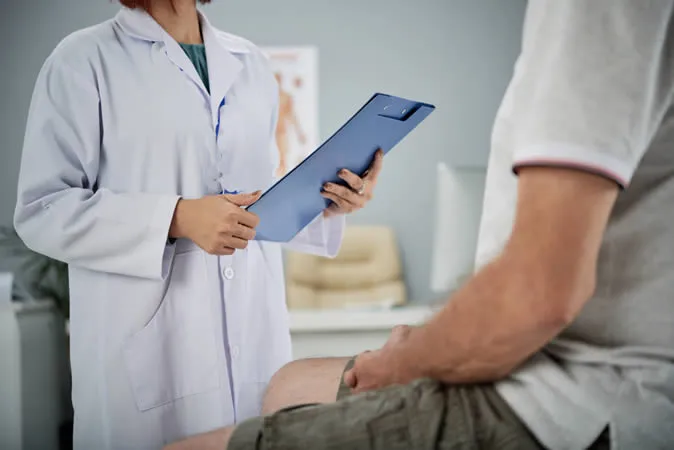Topical Therapy
Topical Chemotherapy For Skin Cancer
Chemotherapy involves using drugs to eliminate cancer cells, and when applied directly to the skin, it’s termed topical chemotherapy. This method administers anti-cancer medications, usually in the form of a cream or ointment, directly to the skin rather than through oral ingestion or intravenous injection.
One commonly used drug for topical treatment is 5-fluorouracil (5-FU), found in products like Efudex, Carac, and Fluoroplex. Typically, it’s applied to the skin once or twice daily over several weeks. While 5-FU effectively targets tumor cells on or near the skin’s surface, it may not reach deeper skin cancers or those that have spread to other organs. Therefore, it’s mainly used for pre-cancerous conditions like actinic keratosis and superficial skin cancers.
Since 5-FU is applied locally, it doesn’t circulate throughout the body, resulting in fewer systemic side effects compared to traditional chemotherapy. However, it can cause redness and heightened sensitivity in the treated skin for a few weeks. Additional topical medicines may be used to alleviate these effects if necessary. Moreover, 5-FU can increase skin sensitivity to sunlight, requiring protected sun exposure for several weeks after using the cream to prevent sunburn.

Are There Side Effects?
While topical chemotherapy has fewer systemic side effects compared to traditional chemotherapy, it can cause redness and heightened skin sensitivity. Your dermatologist may recommend additional topical medicines to manage these effects.
FAQ About Topical Therapy For Skin Cancer
Is topical chemotherapy suitable for all types of skin cancer?
It is often used for pre-cancerous conditions and certain superficial skin cancers. Your dermatologist will determine the appropriateness based on the type and stage of skin cancer.
Does topical chemotherapy have the same side effects as systemic chemotherapy?
No, because the medication is applied locally, it generally does not cause the same systemic side effects as chemotherapy that affects the entire body.
Are there precautions to take during and after topical chemotherapy for skin cancer?
It’s important to protect treated areas from sunlight, as topical chemotherapy can increase skin sensitivity. Your dermatologist will provide guidelines to prevent sunburn and promote optimal healing during and after treatment.
Is there a dermatologist near me in Virginia Beach that offers treatment for [TREATMENT]?
Yes. At our Virginia Beach dermatology office we offer Topical Therapy for Skin Cancer treatment to patients from Virginia Beach and the surrounding area. Contact our office today to schedule an appointment.



